
How to Use Ultrasonic US-016: Examples, Pinouts, and Specs
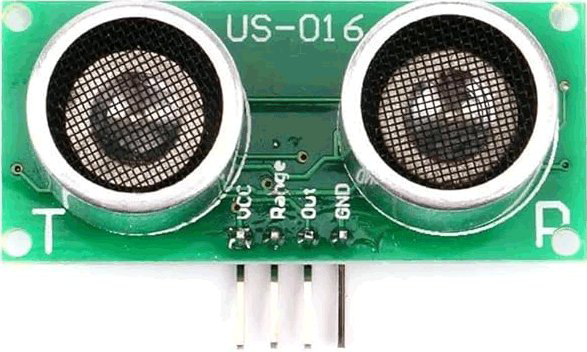
 Design with Ultrasonic US-016 in Cirkit Designer
Design with Ultrasonic US-016 in Cirkit DesignerIntroduction
The Ultrasonic US-015 is a distance measuring sensor that uses ultrasonic waves to detect the distance to an object. It emits a sound wave and measures the time it takes for the echo to return, allowing it to calculate the distance based on the speed of sound. This sensor is widely used in robotics, automation, and obstacle detection systems due to its accuracy, reliability, and ease of use.
Explore Projects Built with Ultrasonic US-016
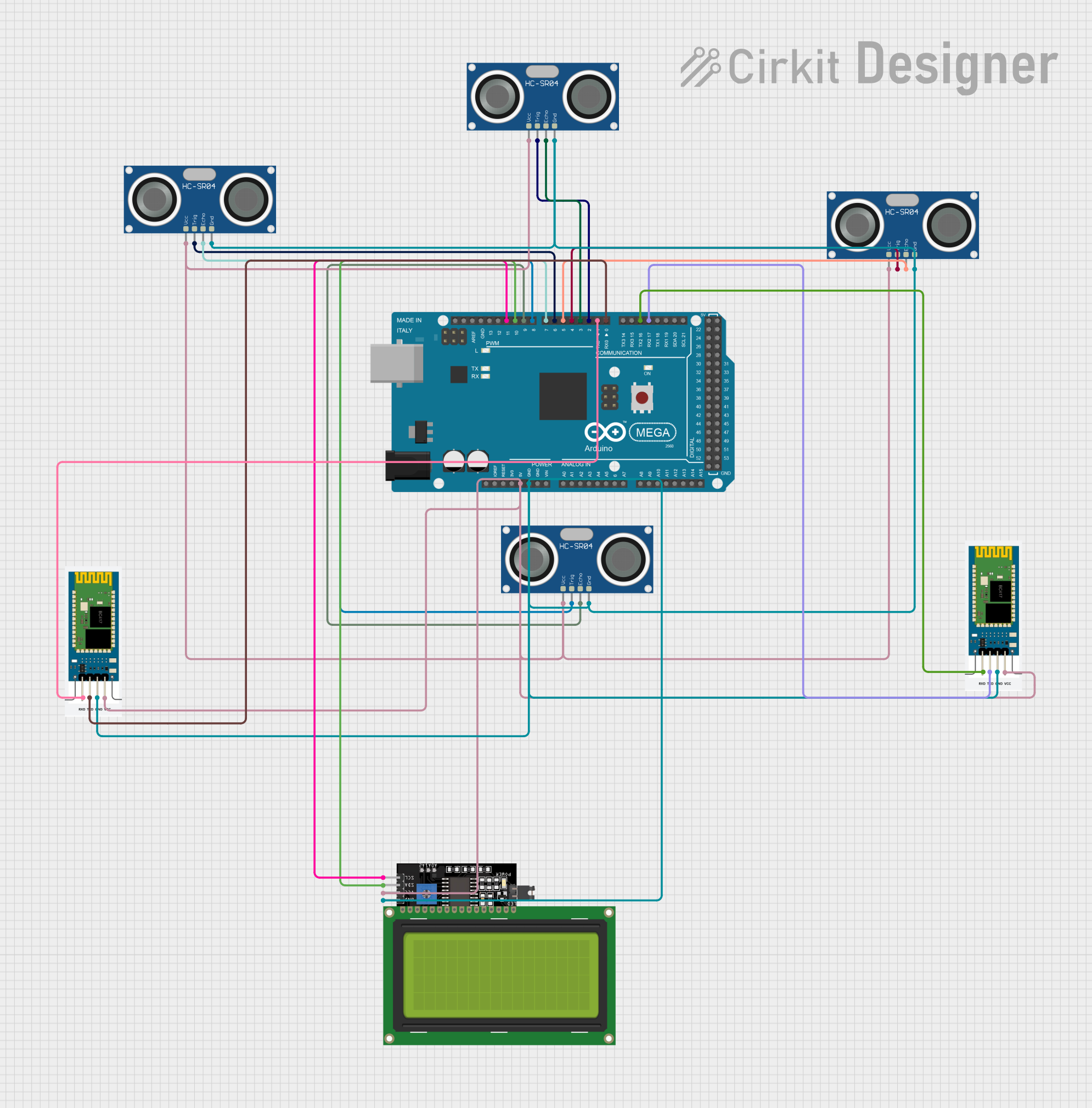
 Open Project in Cirkit Designer
Open Project in Cirkit Designer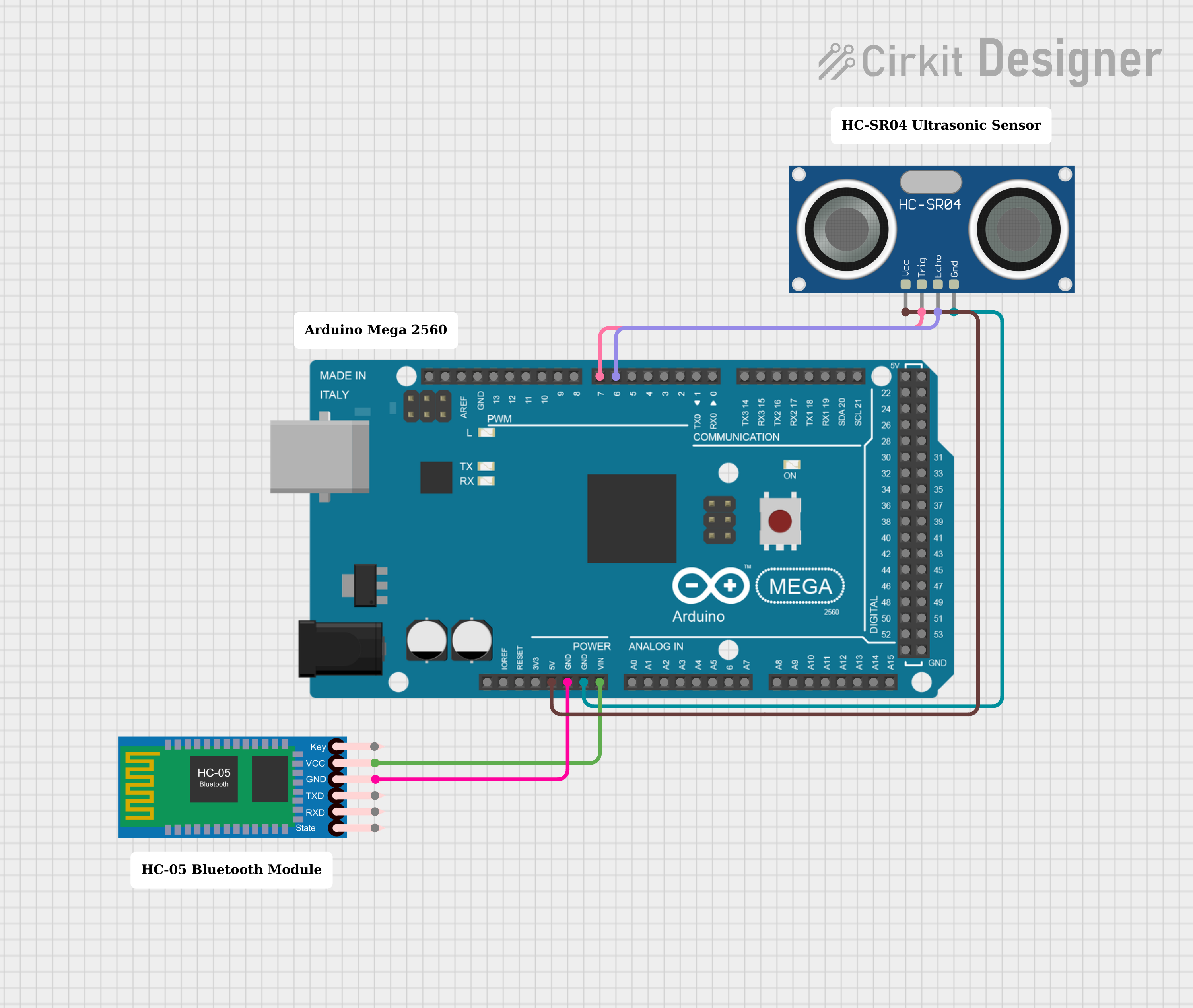
 Open Project in Cirkit Designer
Open Project in Cirkit Designer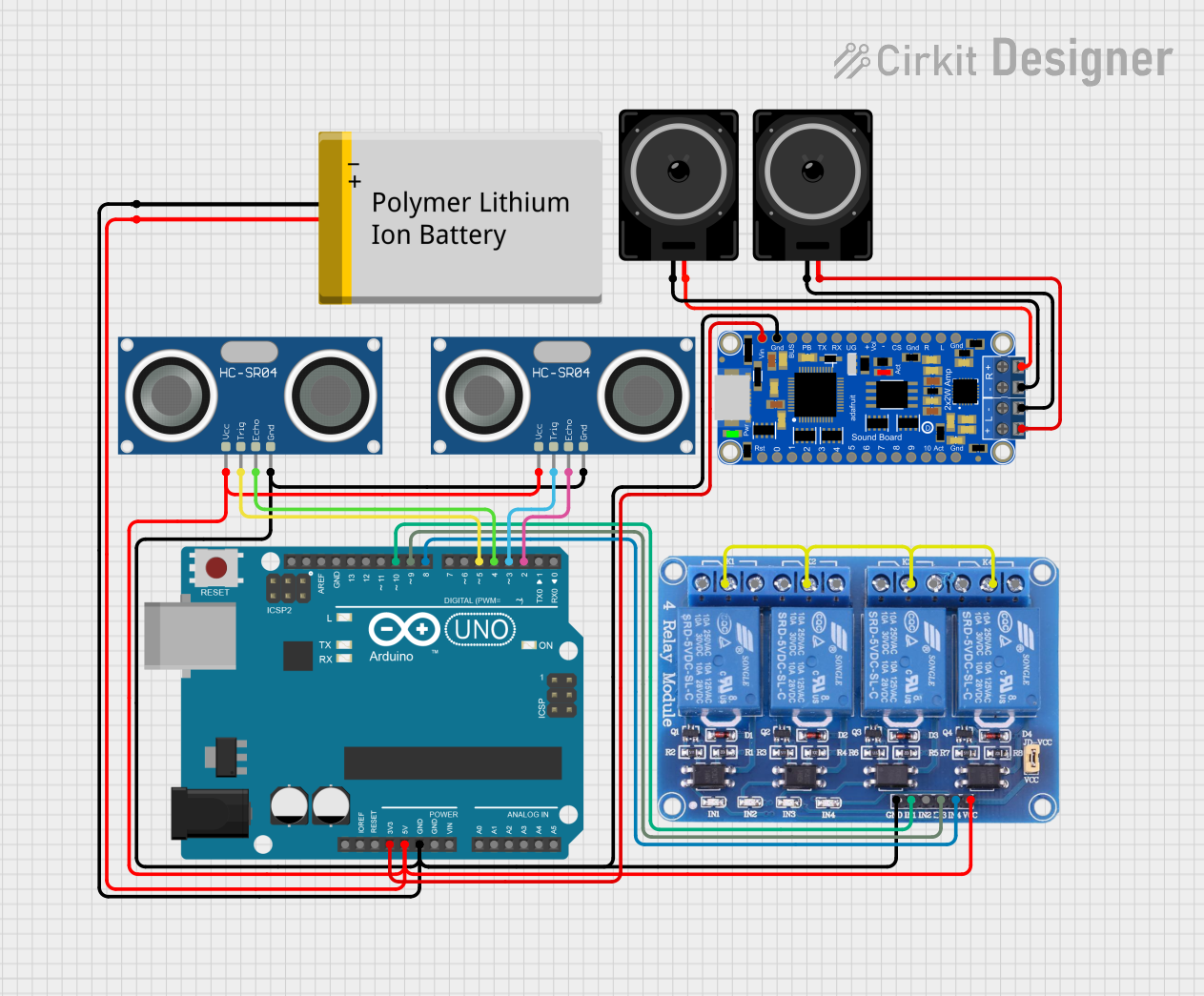
 Open Project in Cirkit Designer
Open Project in Cirkit Designer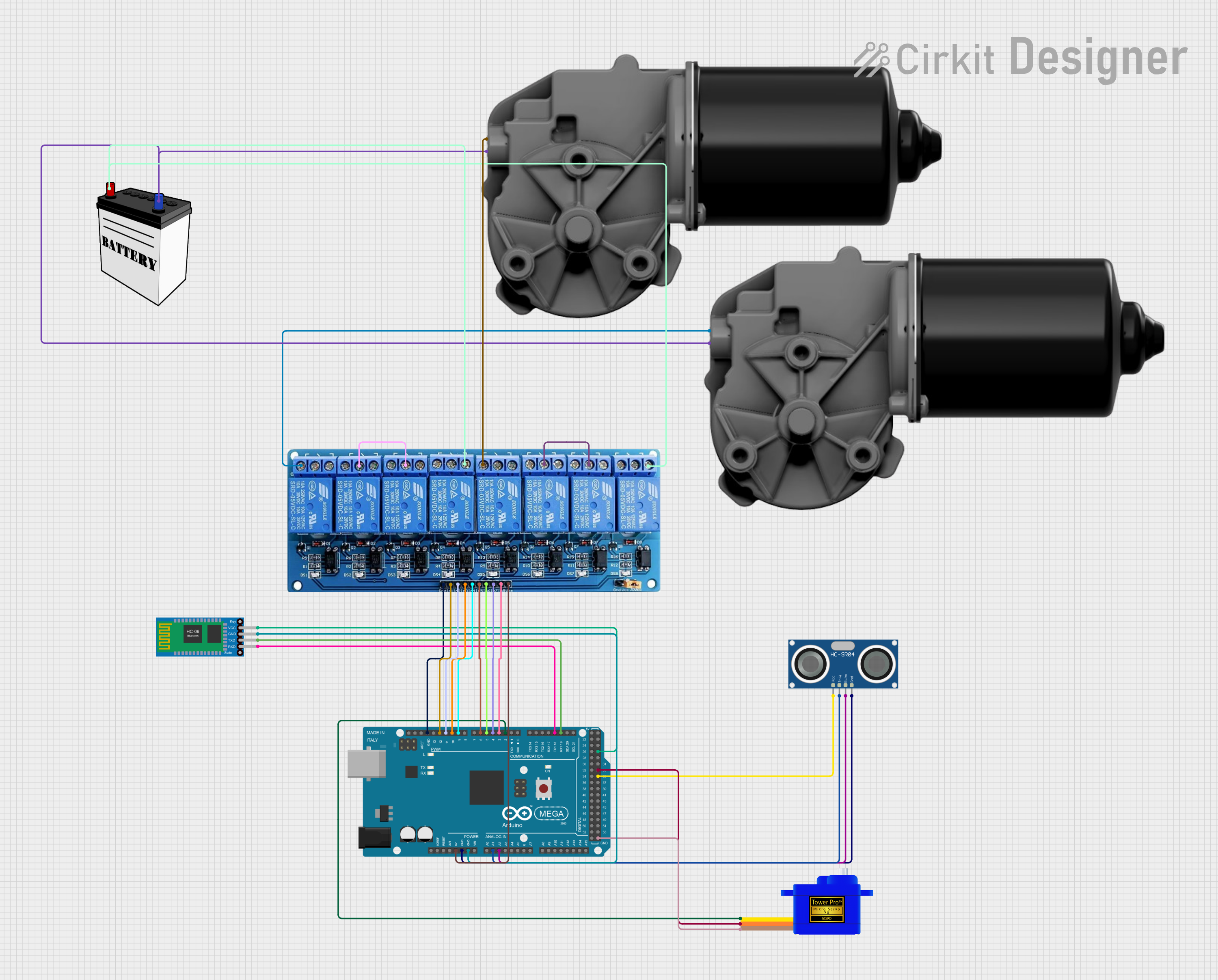
 Open Project in Cirkit Designer
Open Project in Cirkit DesignerExplore Projects Built with Ultrasonic US-016

 Open Project in Cirkit Designer
Open Project in Cirkit Designer
 Open Project in Cirkit Designer
Open Project in Cirkit Designer
 Open Project in Cirkit Designer
Open Project in Cirkit Designer
 Open Project in Cirkit Designer
Open Project in Cirkit DesignerCommon Applications
- Obstacle detection in robotics
- Distance measurement in automation systems
- Liquid level sensing
- Parking assistance systems
- Proximity detection in security systems
Technical Specifications
The Ultrasonic US-015 sensor has the following key technical details:
| Parameter | Value |
|---|---|
| Operating Voltage | 5V DC |
| Operating Current | ≤ 8 mA |
| Measuring Range | 2 cm to 400 cm |
| Measuring Accuracy | ±0.3 cm |
| Operating Frequency | 40 kHz |
| Trigger Input Signal | 10 µs TTL pulse |
| Echo Output Signal | TTL level signal proportional to distance |
| Dimensions | 45 mm x 20 mm x 15 mm |
Pin Configuration
The US-015 sensor has four pins, as described in the table below:
| Pin | Name | Description |
|---|---|---|
| 1 | VCC | Power supply pin (5V DC) |
| 2 | Trig | Trigger pin: Sends a 10 µs pulse to initiate measurement |
| 3 | Echo | Echo pin: Outputs a pulse width proportional to distance |
| 4 | GND | Ground connection |
Usage Instructions
How to Use the Ultrasonic US-015 in a Circuit
- Power the Sensor: Connect the VCC pin to a 5V power source and the GND pin to ground.
- Trigger the Sensor: Send a 10 µs HIGH pulse to the Trig pin to initiate a measurement.
- Read the Echo: Measure the duration of the HIGH pulse on the Echo pin. The duration corresponds to the time taken for the ultrasonic wave to travel to the object and back.
- Calculate Distance: Use the formula below to calculate the distance: [ \text{Distance (cm)} = \frac{\text{Pulse Duration (µs)} \times 0.034}{2} ] The factor 0.034 represents the speed of sound in cm/µs, and the division by 2 accounts for the round trip of the sound wave.
Important Considerations
- Ensure there are no obstructions between the sensor and the target object.
- Avoid using the sensor in environments with high ultrasonic noise, as it may interfere with measurements.
- The sensor works best with flat, hard surfaces. Irregular or soft surfaces may scatter the sound waves, reducing accuracy.
- Use decoupling capacitors near the power pins to reduce noise in the circuit.
Example Code for Arduino UNO
Below is an example code to interface the Ultrasonic US-015 with an Arduino UNO:
// Define pins for the Ultrasonic US-015 sensor
const int trigPin = 9; // Trig pin connected to digital pin 9
const int echoPin = 10; // Echo pin connected to digital pin 10
void setup() {
pinMode(trigPin, OUTPUT); // Set Trig pin as output
pinMode(echoPin, INPUT); // Set Echo pin as input
Serial.begin(9600); // Initialize serial communication at 9600 baud
}
void loop() {
// Send a 10 µs HIGH pulse to the Trig pin
digitalWrite(trigPin, LOW);
delayMicroseconds(2);
digitalWrite(trigPin, HIGH);
delayMicroseconds(10);
digitalWrite(trigPin, LOW);
// Measure the duration of the HIGH pulse on the Echo pin
long duration = pulseIn(echoPin, HIGH);
// Calculate the distance in cm
float distance = (duration * 0.034) / 2;
// Print the distance to the Serial Monitor
Serial.print("Distance: ");
Serial.print(distance);
Serial.println(" cm");
delay(500); // Wait for 500 ms before the next measurement
}
Notes on the Code
- The
pulseIn()function measures the duration of the HIGH pulse on the Echo pin. - The calculated distance is printed to the Serial Monitor for real-time observation.
- Ensure the sensor is connected properly to avoid incorrect readings.
Troubleshooting and FAQs
Common Issues and Solutions
No Output or Incorrect Readings
- Cause: Loose or incorrect wiring.
- Solution: Double-check all connections, ensuring the VCC, GND, Trig, and Echo pins are connected properly.
Fluctuating Distance Measurements
- Cause: Environmental noise or unstable power supply.
- Solution: Use decoupling capacitors near the power pins and ensure a stable 5V power source.
Sensor Not Detecting Objects
- Cause: Object is out of range or has an irregular surface.
- Solution: Ensure the object is within the 2 cm to 400 cm range and has a flat, hard surface.
Echo Pin Always LOW
- Cause: Faulty sensor or incorrect trigger signal.
- Solution: Verify the Trig pin is receiving a 10 µs pulse and replace the sensor if necessary.
FAQs
Can the US-015 measure distances below 2 cm?
- No, the sensor's minimum range is 2 cm. Objects closer than this may not be detected accurately.
What is the maximum range of the US-015?
- The maximum range is 400 cm, but accuracy may decrease at longer distances.
Can the US-015 be used outdoors?
- While it can be used outdoors, environmental factors like wind, temperature, and humidity may affect performance.
Is the US-015 compatible with 3.3V systems?
- The US-015 is designed for 5V operation. Use a level shifter if interfacing with 3.3V systems.
By following this documentation, users can effectively integrate the Ultrasonic US-015 sensor into their projects for accurate distance measurement.